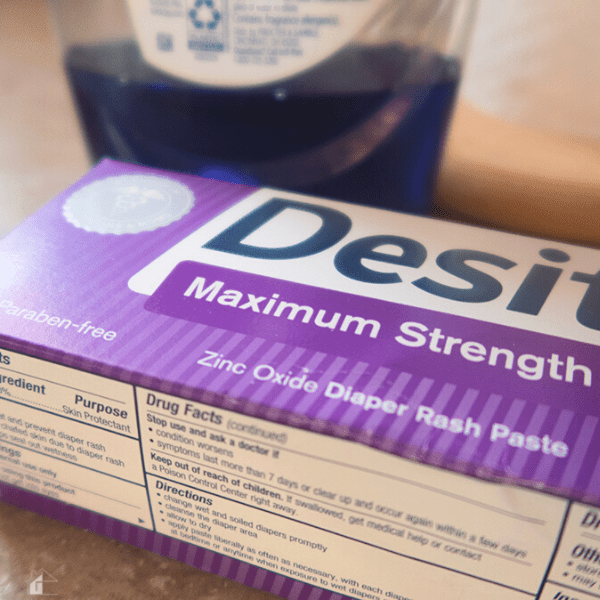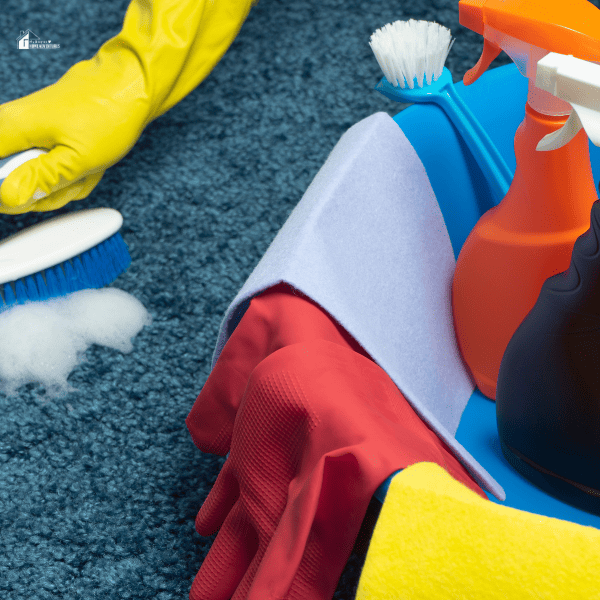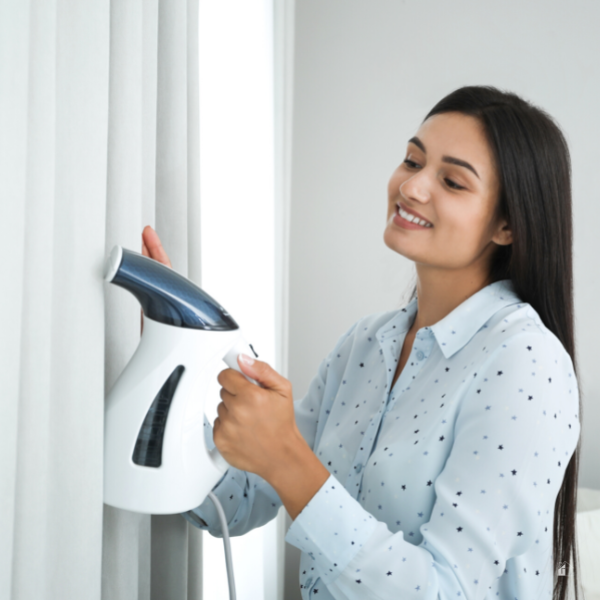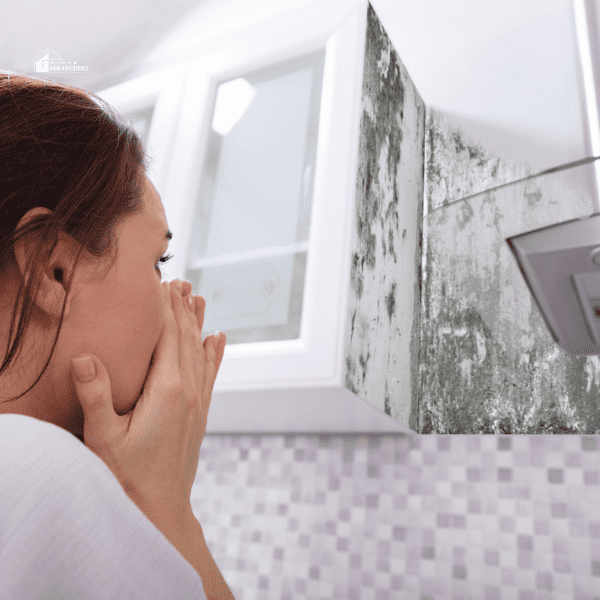How To Clean Mold Off Wood
This post may contain affiliate links which might earn us money. Please read my Disclosure and Privacy policies hereOver time, mold grows onto the wood. This is observed in many households, especially with wooden furniture!
Here is what you need to know for an efficient way to clean mold off the wood.

Is there mold in my house?
Moisture and a food source are required for mold to thrive. Mold growth in the home can arise in the following circumstances:
- Flooding that hasn't been properly cleaned
- Water seeping through rooftops that are leaking
- Leaks in the plumbing or water lines
- Increased relative humidity of more than 60% on a regular basis
You undoubtedly have mold in your home if you can see visible mold growth or smell musty scents.
What kills mold best on wood?
Most wood surfaces can be cleaned with distilled white vinegar, which is a very effective approach to eradicating mold. It will kill the mold at the roots as soon as it gets into the wood. Dishwashing detergent: When mixed with warm water, liquid dishwashing detergent kills mold on wood that has been painted or stained.
Will borax remove mold in wood?
Dishwashing detergent combined with warm water can be used to dislodge tiny bits of mold, which can then be scraped off the surface. Borax is a powerful chemical that may destroy mold that has grown deeper into the wood. It's crucial to use a mask and goggles when cleaning. It can keep you safe from mold, especially if you have allergies and the chemicals used.
More Cleaning Tips
How to effectively use vinegar and borax to remove mold?
Allow 10 to 15 minutes for the vinegar or borax to settle on the mold to break down the mold's roots. After that, clean the area with a brush. You may have to sand the wood to restore it to its original form if the mold has penetrated far enough into the wood.

How effective is vinegar at killing mold?
Vinegar is a powerful anti-mold agent. Vinegar's mild acid destroys roughly 82% of known molds and can help prevent repeat outbreaks, according to ServiceMaster Restoration and Cleaning.
Does baking soda and vinegar clean mold?
Deodorizing properties of baking soda help to eliminate the smell of mold in your home in addition to killing it. Baking soda also helps to keep mold away by absorbing moisture. If you're wondering whether or not vinegar destroys mold, the answer is yes. Vinegar is a weak acid that can kill a wide range of molds.
What kills mold best on wood?
Most wood surfaces can be cleaned with distilled white vinegar, which is a very effective approach to eradicate mold. As soon as it gets into the wood, it will kill the mold at the roots. Dishwashing detergent: When mixed with warm water, liquid dishwashing detergent kills mold on wood that has been painted or stained.
How do you remove mold from wood furniture?
Scrub moldy spots with a soft bristle brush in a circular motion with dish soap in a pail of warm water. Wipe the surface of your furniture with a moist towel after you've finished cleaning it. Wipe the wood with a dry rag once more if no mold remains. Re-do the procedure if the mold is still present.
How do you remove mold from furniture without bleach?
If you can't bleach the item, you can use lemon juice or white vinegar to get rid of the mold. Place the stain on a cotton pad that has been soaked in lemon juice or vinegar. Allow a few minutes for it to soak in. To amplify the acid's action even further, remove the pad and sprinkle some salt on the area.
How do you stop mold from growing on wood?
Mold thrives in moist environments, so it's best to make sure you have a dry environment. This can be accomplished by employing dehumidifiers or fans and opening windows for air movement. Keep the wood's moisture content as low as possible.
What to do if mold persists?
The wood surface will need to be sanded to eliminate the spores that have pierced the wood deeply if the mold stains are still there.
Ask a home improvement retailer about the best sandpaper grit for your scenario if you're not familiar with wood sanding or refinishing. To help avoid future damage, the wood should be refinished or sealed after sanding and vacuuming away all of the grit.






